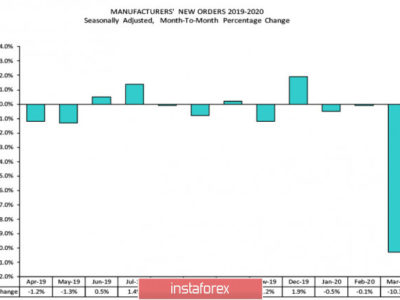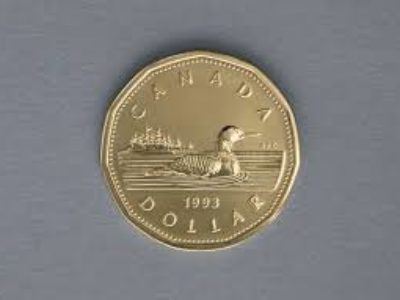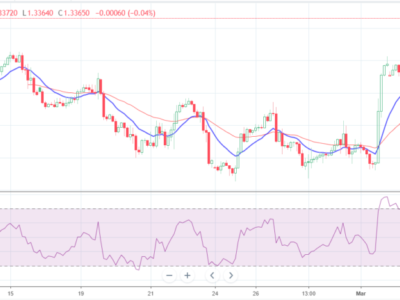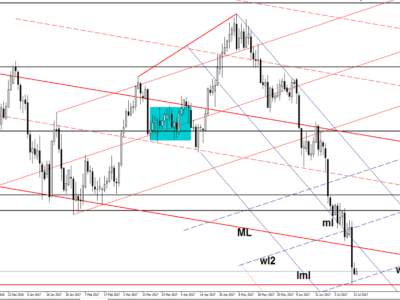CAD Update 27th of October
The Canadian dollar remains a relatively neutral currency after the BOC’s recent communications, however there remains a slight bearish tilt on the currency until we see a further improvement in data. Short term price movements will largely be dictated by moves in West Texas Intermediate, with any further substantial declines suggesting that the BOC may cut again during 2016.
CAD Update:
Interest Rate
Overnight Target Rate: 0.50%
Last Change: July 15, 2015 (0.75%)
Expected Future Change: On hold
Next decision: December 2
Inflation
Inflation Target: 2% (1-3%)
Period: Year ending September 30
CPI: 1% Prior: 1.3%
Core CPI: 2.1% Prior: 2.1%
Next Release: November 20
Employment
Period: September
Employment Change: 12,100 Expected: 10,000
Unemployment Rate: 7.1% Expected: 6.9%
Next Release: November 6
Growth
Period: July
GDP: 0.3% Expected: 0.2%
Next Release: October 30
Analysis
The Bank of Canada left the Overnight Target Rate unchanged at 0.5% at the October 21 meeting which was widely expected. The policy statement was relatively positive aside from the references that growth forecasts contained in the Monetary Policy Report (MPR) had been downgraded for 2016 and 2017. The lowering of growth forecasts was attributable to oil and commodities falling since the middle of the year, hurting Canada’s export revenue.
The statement said that inflation had evolved in line with the outlook in the BOC’s July MPR, with Core inflation close to 2%. The Bank estimates that the underlying trend in inflation is at 1.5% to 1.7%, just shy of the target mid-point of 2%. The statement said that the dynamics indicating a pick up in growth in 2016 and 2017 remain intact and hat Canada’s economy has rebounded in recent months with non-resource sectors showing signs of strength, largely helped by a cheaper CAD and prior rate cuts. Lower oil and commodity prices have dampened business investment and export in the resource sector. The Bank judges that the risks to inflation are roughly balanced and the current stance on monetary policy remains appropriate. Overall, aside from the downgrading of the growth outlook, the statement was relatively neutral and sees the Bank remain in wait-and-see mode as they monitor economic conditions.
During the press conference that followed, Poloz remarked that less than half the effects of the prior rate cuts had filtered into the economy. This suggests that the BOC expect the economy to continue to improve without any further easing. If the oil price remains stable or moves higher then we may see a further improvement in the Canadian economy in the months ahead.
On October 19 the Canadian people elected a new Liberal government led by Trudeau. The party plans to run a deficit for the next three years to spur economic growth, with some commentators saying that over the longer term, the government debt will drag on the Loonie. The government spending is expected to boost GDP by 0.5% in 2016.
In the most recent jobs report, released October 9, September employment again showed a better than expect gain of 12,100. However, the unemployment rate rose to 7.1%, marking a 12-month high. Overall, the labour market has been performing relatively well, aside from the jump in the jobless rate, with employment gains seen in 4 out of the last 5 months.
Growth in Canada turned positive in recent months with GDP for June and July at 0.4% and 0.3% respectively. This solid 2-month growth of 0.7% is a welcome relief after 5 consecutive months of flat or negative monthly GDP readings, spanning from January to May. The improvement in GDP correlates with a fall in the Canadian dollar against its main trading partner’s currency, the US dollar, of over 15 cents from May to September. The cheaper CAD increased foreign demand for CAD-denominated goods. However, the low price of oil remains a large weight on the Canadian economy, wiping off vast amounts of export revenue.
Inflation data for September, released October 23, showed headline CPI declined to 1% y/y from 1.3% in the 12 months ending August. Consumer prices declined 0.2% for the month. This fall in y/y headline CPI is associated with the large decline in prices of crude over the past 12 months. Core CPI y/y however remained at 2.1%, which slightly below its highest levels since early 2012. The core reading suggest that underlying inflation in Canada is still within the BOC’s target of 1-3%. Additionally, Retail Sales for August beat estimates at 0.5% versus expected 0.1%. Positive retail sales can be indicative of a pick up in consumer spending and consequently inflation.
The post CAD Update 27th of October appeared first on Jarratt Davis.
Source:: CAD Update 27th of October












